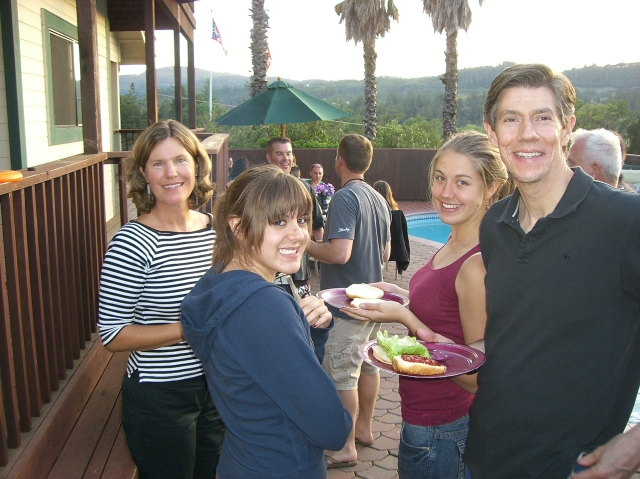Doing More with Less: Human Flight on the Power of a Cordless Drill
On June 13th, 2013, AeroVelo’s Atlas Human-Powered Helicopter captured the 33-year-outstanding AHS Sikorsky Prize. Created in 1980 and thought by many to be impossible, the prize required an HPH to fly for 60 seconds and achieve 3m in height, while remaining controlled within a 10m by 10m box.
Todd Reichert and Cameron Robertson will chronicle the journey leading to this historic achievement, and the process behind the creation of Atlas. This will include the Snowbird Human-Powered Ornithopter, which in 2010 became the first successful human-powered flapping wing aircraft. The evolving aircraft design strategies involved in developing these unique vehicles have included Multi-Disciplinary Optimization, high-performance composite structures, as well as many creative and innovative solutions to engineering challenges.
Todd and Cameron will conclude with a discussion of future human-powered projects, including their current focus on high-speed human-powered land vehicles. In the quest for the World human-powered land speed record, these vehicles will require aerodynamic shape optimization for extended runs of laminar flow, potentially setting the stage for the next phase of individual transportation technology.
Sponsored by the Aerospace Engineering Department (http://http://www.engin.umich.edu/aero) as part of the 585 Lecture Series.
Todd Reichert graduated from University of Toronto Engineering Science (Aerospace Option) in 2005, and his Ph.D. in 2011 from the U of T Institute for Aerospace Studies. Cameron Robertson graduated Engineering Science (Aerospace Option) in 2008, and his Master’s in 2009 also at UTIAS. During their studies, Todd and Cameron led the team that designed and built the Snowbird Human-Powered Ornithopter. On August 2nd 2010, the Snowbird became the World’s first human-powered flapping-wing aircraft to sustain flight, the realization of an ancient aeronautical dream. For this achievement Todd and Cameron were named co-recipients of the CASI Trans-Canada McKee Trophy, among the highest honors in Canadian Aerospace.
In 2012 Todd and Cameron established AeroVelo Inc, a company dedicated to increasing the public’s awareness of sustainable solutions to society’s most pressing technological challenges. AeroVelo has focused on using human-powered vehicles as a teaching platform to demonstrate innovative and creating engineering design and challenge the general perception of the impossible. They first undertook Atlas Human-Powered Helicopter Project with the aim of capturing the 33-year old AHS Sikorsky Prize, for the first flight of a human-powered helicopter to exceed 60 seconds duration and reach 3m in height. On June 13th, 2013, Atlas completed a flight satisfying all prize requirements, a historic milestone. AeroVelo’s next focus is on high-speed aerodynamic bicycles capable of 130Km/h.



